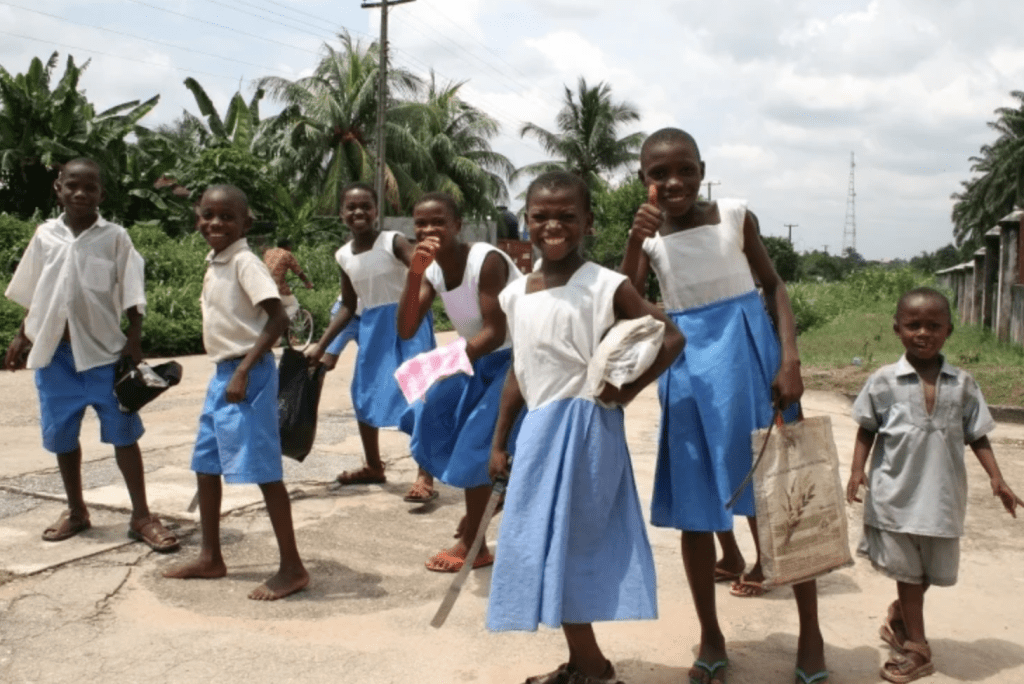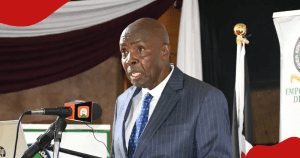Keywords: Financial Literacy, Street Children, Empowerment, Education, Investment
Tags: Finance, Education, Empowerment, Street Children

Introduction
In an era where financial literacy is a sought-after skill, the tale of street children in the “Tollgate” area of Lagos stands as a stark reminder of the socio-economic disparity that persists. While such children strive for daily survival, the concept of financial knowledge seems like a far-off dream. Yet, amidst this grim reality, the story of street kids learning to read represents a potential path towards a better future.
The Heart of the Problem
Imagine a place where the sight of a homeless child reading a book is an oddity. Such is the case in this corner of Lagos, home to over 5000 street children, much like my friend Ash. Unbeknownst to him, his simple act of reading a book challenges the norm. Yet, such a transformative tool remains rare in their community. The proverbial “book mountain” is elusive; yet, it may hold the key to change.
Street Children: The Unseen Stakeholders
Consider this: street children, despite their circumstances, are stakeholders in the economy, albeit a sidelined segment. Their survival relies on a fundamental understanding of basic economic concepts – trade, barter, demand, and supply – albeit on an instinctual level.
Their reality lacks the “soft skills” that many of us take for granted. They lack education, a supportive social network, or even sympathy from the broader community. Most critically, they lack access to financial literacy, something that could dramatically change their standing.
Financial Literacy: A Game Changer
Financial literacy, the understanding of basic financial concepts and the ability to use them to improve one’s life, can be transformative. It’s about more than managing money. It’s about economic empowerment, confidence, and ultimately, independence.
Suppose the street children of Lagos had access to financial education. How would their lives change if they understood savings, investment, and wealth creation, not just survival? Could financial literacy be the tool that lifts them out of poverty and into a better future?
Concrete Steps to Empowerment
There are practical steps to bring financial literacy to marginalized groups. It begins with providing basic education and making reading materials accessible, just like the book Ash was holding. Secondly, tailoring educational content to make it relatable to their everyday life experiences can bridge the gap between abstract financial concepts and tangible life improvements.
Conclusion
The journey from the streets to the “book mountain” may be arduous, but it’s not impossible. Financial literacy can be a beacon of hope for those trapped in the cycle of poverty. It can empower street children to trade survival for sustainable development, leading them towards a future filled with potential rather than uncertainty.
There’s an untapped power of financial literacy waiting to be harnessed, particularly among the most marginalized. But it begins with creating access, providing education, and cultivating understanding. If you have questions or thoughts about this topic, feel free to comment below. Your engagement could be another step towards building this road to empowerment.





